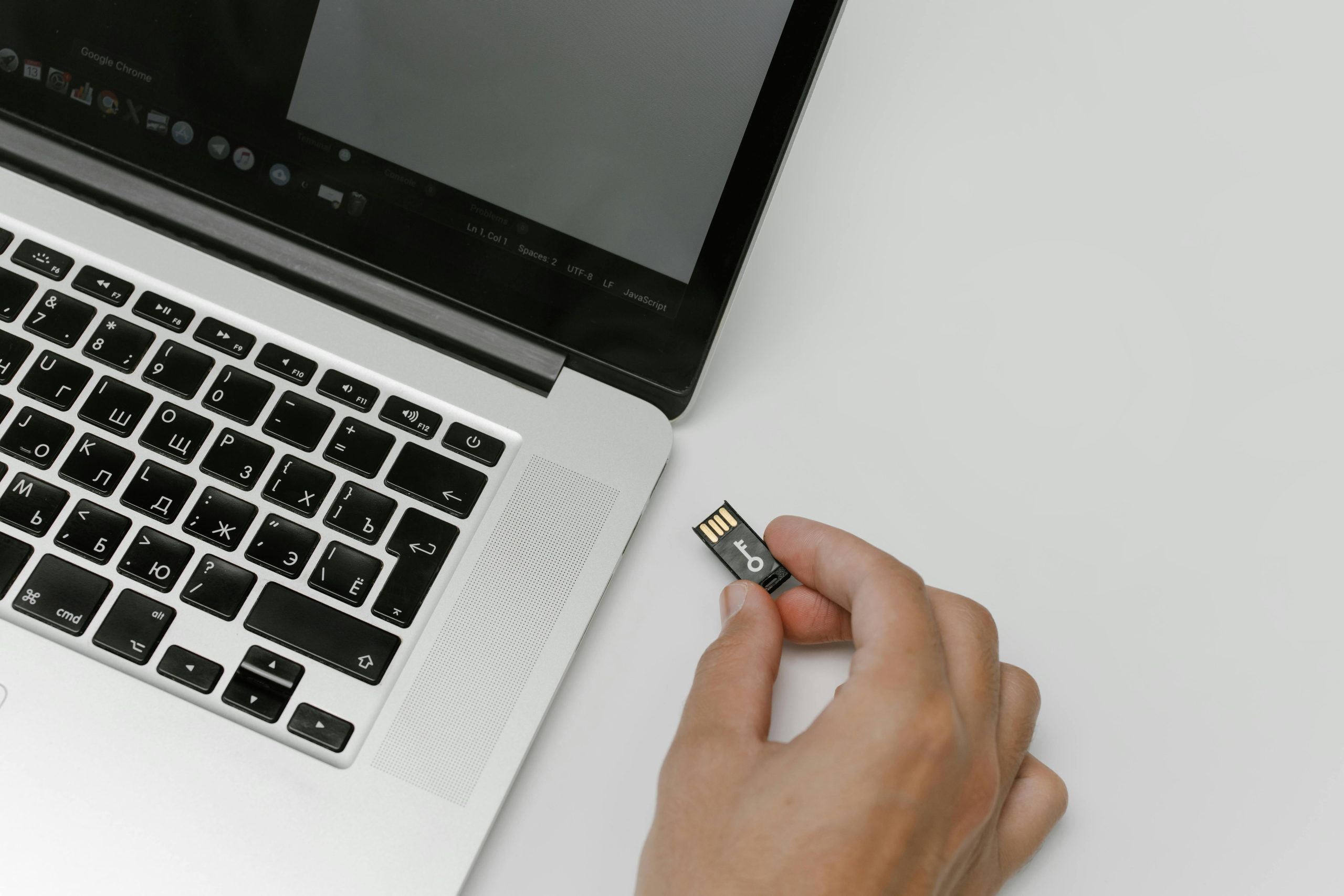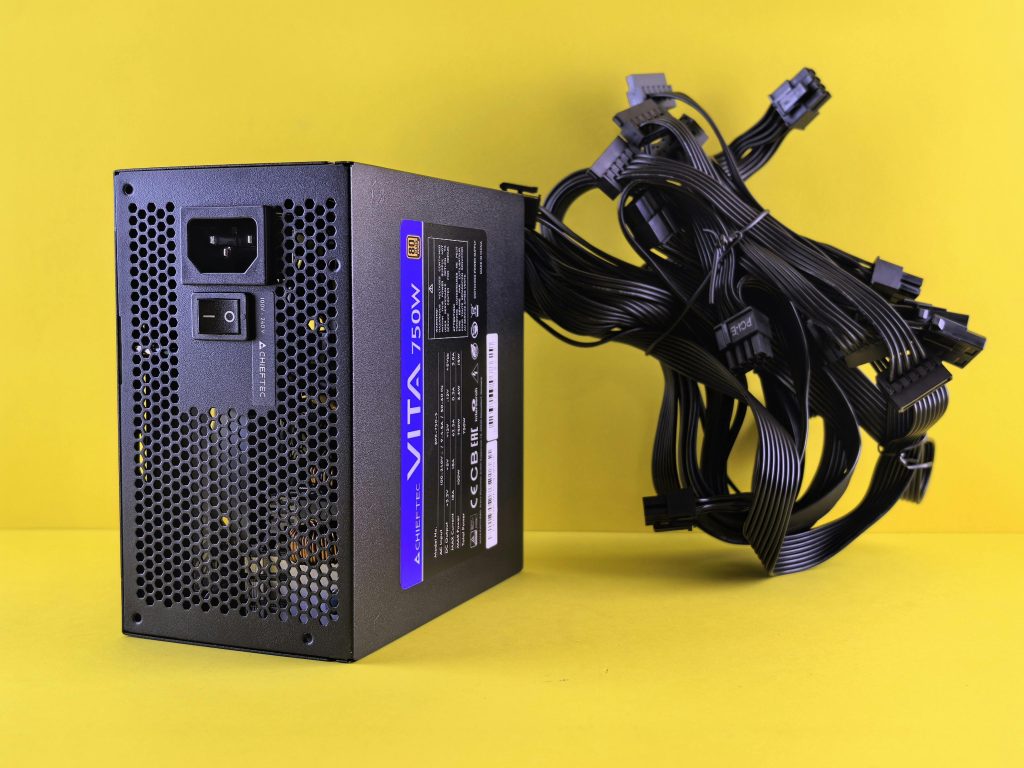Recovering Lost Photos: A Comprehensive Guide to Data Recovery Software
In today’s digital age, our memories are often captured and stored on various devices, primarily through digital photography. However, one significant risk accompanies this convenience: data loss. Losing cherished photos can be a devastating experience, particularly when those images represent irreplaceable memories. This post will guide you through the Data Recovery process using Software like Wondershare Recoverit, focusing on troubleshooting common issues, such as the one recently described in a Reddit post, and providing you with tips to improve your chances of recovery.
Understanding SD Card Issues
What Causes SD Card Malfunctions?
There are various reasons why an SD card might become unreadable or malfunction. Some common causes include:
- Physical Damage: Accidental drops, exposure to extreme temperatures, or liquid damage can render an SD card unusable.
- File System Corruption: This often occurs due to improper ejection of the card, unexpected power interruptions, or errors during writing data.
- Wear and Tear: SD cards have a limited read/write cycle. Over time, they can degrade to the point where they can no longer reliably store data.
- Virus or Malware: Infections from malicious Software can cause the SD card to become inaccessible or corrupt its data.
Symptoms of SD Card Failure
Before you resort to recovery Software, it’s essential to recognize the signs of SD card failure. Common symptoms include:
- Error messages on your camera or computer when attempting to access the card.
- Inability to take new photos or save files to the SD card.
- Missing or corrupted files.
Introducing Data Recovery Software: Wondershare Recoverit
Wondershare Recoverit is one of the more popular options available for retrieving lost data. The software is designed to recover deleted files from various devices, including Computers, USB drives, and SD cards.
Features of Recoverit
- User-Friendly Interface: The software is designed to be accessible even to those who may not be tech-savvy.
- Multiple File Types Supported: Recoverit can recover diverse file formats, including photos, videos, documents, and more.
- Preview Option: Before committing to a full recovery, users can preview files to ensure that what they want to recover is intact.
- Deep Scan Capability: If a quick scan doesn’t yield the desired results, Recoverit offers a deep scan feature that can take longer but is more thorough.
- Scan and Save Option: Users can save the scan results and return later to recover selected files without rescanning.
Step-by-Step Guide to Using Wondershare Recoverit
Step 1: Download and Install
- Visit the Wondershare website to download the software.
- Ensure you’re downloading it from the official site to avoid potential security risks.
Step 2: Launch and Select the Correct Location
- Once installed, launch Recoverit.
- Plug in your SD card and select it from the list of available devices for recovery.
Step 3: Choose the Type of Scan
- You can choose between a quick scan and a deep scan. If you are experiencing significant issues, the deep scan might be necessary.
Step 4: Scan Process
- Click on ‘Scan’ to initiate the recovery process. Depending on the size of your data (in your case, 100GB), this can take some time.
Step 5: Preview and Recover
- After scanning, the software will display a list of recoverable files. Use the preview feature to identify the files you want to recover.
- Select the desired files and click ‘Recover’. At this point, you may encounter upgrade prompts for the premium version, which is common for several recovery tools.
Common Issues and Troubleshooting
In the Reddit case described, the user faced an issue where an “upgrade to premium” popup appeared even after performing a scan. Here, we’ll discuss potential troubleshooting steps and scenarios.
Potential Reasons for Upgrade Pop-ups
-
Limited File Recovery in Free Version: Many Data Recovery applications limit the amount of data you can recover or only allow specific types of files in the free version. For instance, if the user only needs a few files but exceeds the limit allowed by the free version, this prompt is standard.
-
Software Glitches: Technical glitches can also lead to prompts that shouldn’t appear. It’s crucial to ensure that you’re using the most current version of the software.
Solutions to Avoid Waiting for Another Scan
-
Review the Scan Results: Make sure to carefully review the files found during the initial scan to see if the desired images show up. Sometimes desired files may be hidden under additional folders or listed in unexpected ways.
-
Save Scan Results: Utilize the ‘save scan results’ function properly. Ensure that you are saving the scan results on a different drive than the one you are recovering from to avoid overwriting potential recovery.
-
Consider Upgrading: If the files are invaluable and cannot be located through the available free tools, consider purchasing the premium version. While this might be a financial outlay, it can save on the hours involved in repeated scanning.
-
Community Assistance: Engaging with forums or community members might provide insights into similar issues and potential fixes. Platforms like Reddit can be invaluable.
Preventive Measures for Future Data Loss
Regular Backups
- Always ensure that you have backups of your images. Use cloud storage like Google Drive, Dropbox, or physical external drives to store copies of important files.
Proper Ejection Techniques
- Always use the proper method to eject your SD card from your camera or computer to prevent corruption. This includes using ‘safely remove hardware’ options before physically taking out the card.
Keeping Software Updated
- Update your recovery software periodically to benefit from improvements and the latest features.
Use Quality SD Cards
- Invest in high-quality SD cards from reputable brands. Look for those with a good warranty and user reviews that reflect reliability.
Avoid Overloading
- Be cautious about the number of files you write to an SD card. Overloading it can lead to issues in the future.
Conclusion: Patience and Persistence
Data Recovery can often be a tedious and challenging process, but with the right tools and steps, it’s possible to retrieve lost data. Using software like Wondershare Recoverit can be effective, but sometimes unexpected issues may arise, such as upgrade prompts for premium versions. Understanding the limitations and features of your recovery software is crucial, as is maintaining good data hygiene practices to minimize the risk of future data loss.
In time, with the right approach and tools, recovering lost photos and memories can be a manageable experience. Remember, the digital world is fraught with risks, but taking the right precautions can help safeguard your invaluable memories and data from loss.
Share this content:



